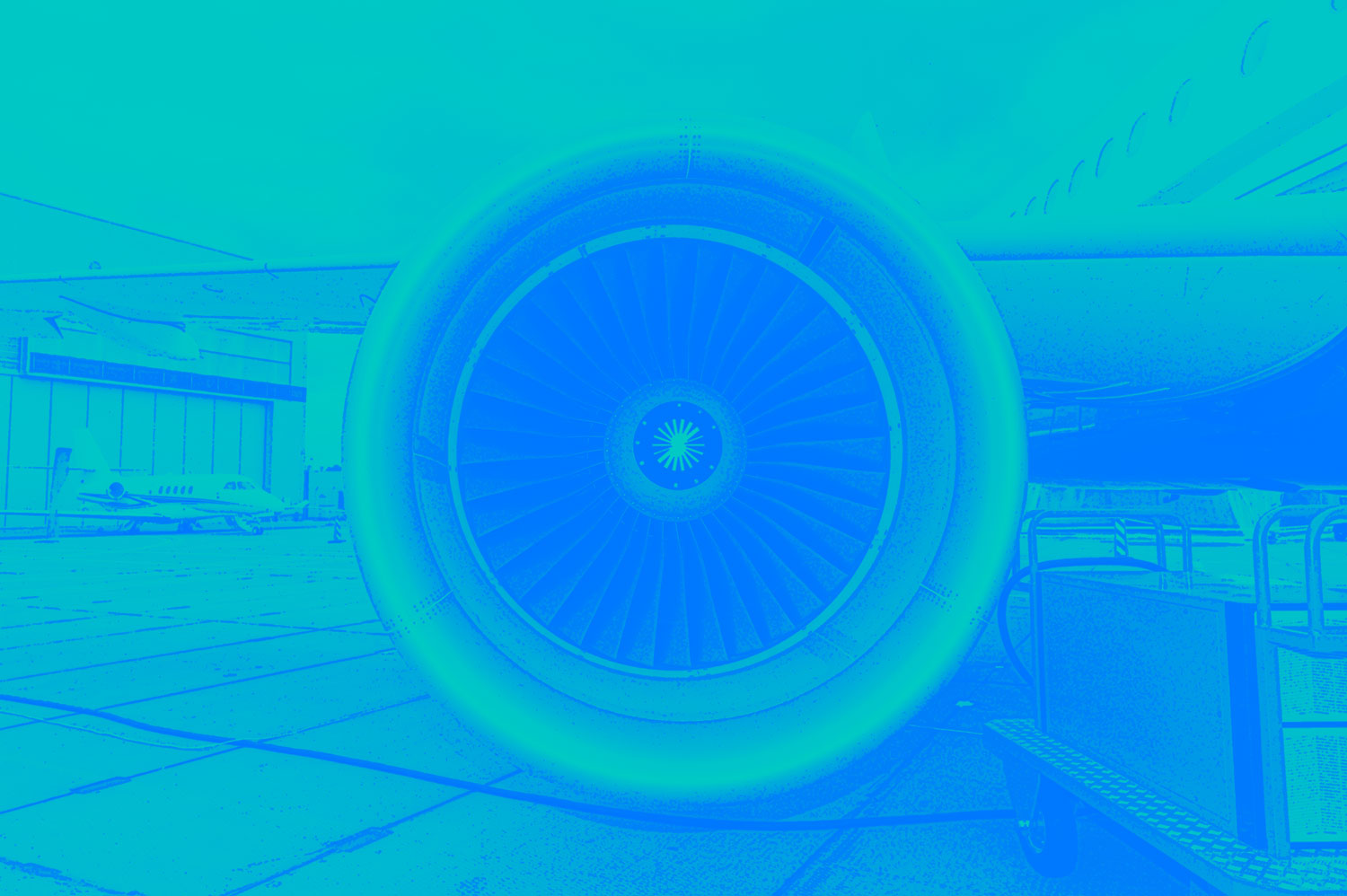Some brands fade quietly. Others hit a wall at full speed. The painful truth is that most don’t stall because they lacked a good idea or a quality product. They stall because the brand wasn’t built to grow.
That doesn’t happen overnight. It’s gradual – a slow leak in momentum, a growing disconnect between what you offer and how you’re seen. If you’re a brand owner, manager, or marketer, knowing why it happens is the first step toward making sure it doesn’t happen to you.
Below, I’ll break down the three biggest reasons brands stall – and how you can keep yours in motion.
1. Outgrowing Your Own Origin Story
Every brand starts with a story. Early on, that story is everything – it’s the spark that gets people to notice you and believe in what you’re building.
But here’s the trap: your business evolves faster than your brand story does.
- The niche product turns into a full-service offering.
- The scrappy local shop becomes a regional leader.
- The “side project” turns into your core business.
Yet, the brand? Still dressed for the first chapter.
What It Costs You:
An outdated origin story can make you feel smaller, less capable, or less relevant than you really are. Prospects might assume you’re still doing what you did five years ago – not realizing the scope and sophistication you’ve grown into.
How to Avoid It:
- Revisit your brand narrative every 12–18 months. This doesn’t mean reinvent the wheel. It means checking that your story reflects your current scope and direction.
- Layer, don’t erase. Your origin still matters, but it should be the opening scene, not the entire plot. Let your story evolve with your business.
- Use milestones as brand moments. New capabilities, expanded markets, and big wins are all cues to adjust your story and how it’s told.
Quick Brand Check:
If your website’s “About Us” page could be swapped with a 5-year-old version and no one would notice, you’re probably overdue for a brand narrative refresh.
2. Getting Boxed by Basics
Believe me – it’s tempting to go literal when naming or designing a brand. I’ve been guilty of it too.
A bakery called “The Bread Shop.”
A trucking company with a logo of… a truck.
A dentist with a tooth in the wordmark.
It’s clear. It’s safe. It’s also limiting.
What It Costs You:
Literal branding works well when you’re starting out, but it leaves no room to grow. If you ever expand beyond that single service or want to reposition in a new market, your name and visuals can start to feel like handcuffs.
Real-world Example:
Imagine Amazon starting as “OnlineBooks.com.” Clear? Yes. Scalable? Not at all. The name would have made it far harder to stretch into electronics, cloud computing, and… well, everything.
How to Avoid It:
- Choose elasticity over exactness. Your brand should be specific enough to be memorable, but broad enough to adapt.
- Think in metaphors. Instead of depicting what you do, represent the value or feeling you create
- Design for the future, not just the present. Ask yourself, “If we doubled our offerings, would this still fit?”
Quick Brand Check:
If your logo or name would look out of place in a nearby industry, you might be too boxed in.
3. Running Without a Map
Many companies treat brand as an accessory – something to “spruce up” after the next sales bump or leadership change. The logo gets refreshed. The website gets updated. The messaging gets tweaked.
But without a clear brand strategy, these moves are just disconnected projects.
What It Costs You:
Without strategy, brand decisions are reactive, not proactive. You end up chasing trends, responding to competitors, or making design calls based on personal taste instead of a shared direction.
Over time, that creates a fragmented brand – one that feels different depending on the channel, the team, or the month.
How to Avoid It:
- Start with strategy before design. Know who you are, who you’re for, and how you want to be perceived.
- Map your brand architecture. If you have multiple products or sub-brands, define how they relate visually and verbally.
- Build guardrails, not handcuffs. A good brand guide should give teams the freedom to create while keeping everything consistent.
Quick Brand Check:
If your brand assets live in five different folders, your tone changes with every social post, and your team isn’t sure which logo file is “the one,” you’re probably running without a map.
How to Keep Your Brand in Motion
Avoiding a stall isn’t about constant reinvention. It’s about building a brand that’s elastic, strategic, and self-sustaining. Here’s how:
1. Make Brand Maintenance a Habit
Don’t wait for a crisis or rebrand to take stock. Set a cadence for brand health checks – quarterly for fast-growth companies, annually for others.
What to review:
- Does your story still match your scope?
- Are your visuals being used consistently?
- Is your messaging resonating with your audience?
2. Align Brand with Business Goals
Your brand should be in lockstep with where your business is headed. If your strategy calls for entering new markets or serving new audiences, your brand should be ready to make that leap.
3. Involve the Right People
Brand isn’t just a marketing function – it’s the connective tissue of your business. Sales, operations, leadership, and even customer service all play a role in how it’s experienced.
4. Create for Today and Tomorrow
When you make a brand decision, ask yourself: Will this still work if we double our size, shift our offerings, or enter a completely new category? If the answer’s no, reconsider.
5. Keep Momentum Between Big Projects
Brands stall when they go quiet between major launches or campaigns. Even if you’re not in “rebrand mode,” small, consistent updates keep your brand visible and relevant.
Sentripetal’s Take
At Sentripetal, we’ve seen it play out: brands with incredible products and services that stall because their brand wasn’t built with sequencing in mind.
Too many are built backwards – logo first, story later, strategy “when there’s time.”
That’s why we work the other way: mapping the road ahead and taking each step in the right order. We keep brands in motion not just by designing assets, but by ensuring those assets serve the bigger brand picture.
The reality is, brand momentum is easier to maintain than to restart. If you keep it moving, even in small ways, you’ll never face the uphill battle of a stalled brand.
The Bottom Line
Brands stall when they:
- Outgrow their own origin story.
- Box themselves in with overly literal branding.
- Skip strategy and hope momentum will carry them.
The good news? All of these are preventable.
If you’re intentional, strategic, and willing to revisit your brand as often as you revisit your business plan, you can keep it relevant, adaptable, and strong – no matter how the market shifts.
Because the truth is, the brands that win aren’t the ones that launch with the loudest splash. They’re the ones that keep showing up, year after year, chapter after chapter, always in motion.
If you want to dive deeper into how we keep brands from stalling – and see if ongoing creative support could work for your team – explore more brand insights at gosentripetal.com/the-spin-up





